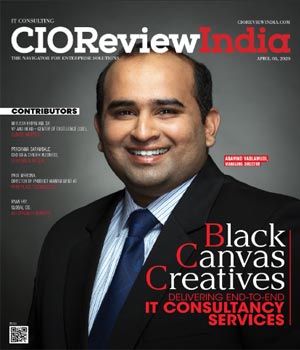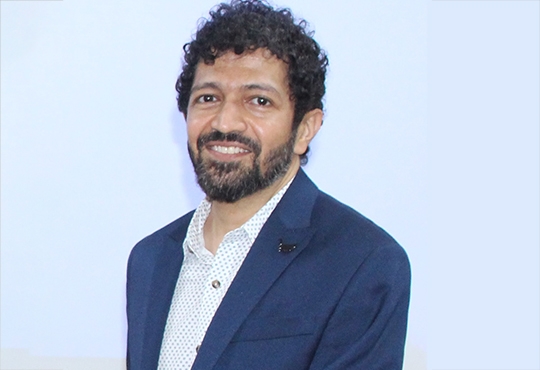
What Does Team Size Mean for QA
Sanjay Zalavadia, VP, Client Services, Zephyr | Friday, 11 November 2016, 05:29 IST
 Quality assurance is becoming an important part of the development effort, which is why more organizations are focusing on building up these groups and acquiring the best individuals for the job. However, the question remains, when is a team too small or too large? What types of advantages and disadvantages may be present within these cases? Size has a major impact on how effective a QA management team can be and what types of projects they are able to support.
Quality assurance is becoming an important part of the development effort, which is why more organizations are focusing on building up these groups and acquiring the best individuals for the job. However, the question remains, when is a team too small or too large? What types of advantages and disadvantages may be present within these cases? Size has a major impact on how effective a QA management team can be and what types of projects they are able to support.
Sticking to the guidelines
In many cases, teams may have to take advantage of their available resources. This could mean that a smaller organization has a one-man QA force, while other businesses may use 10 or more people to test and evaluate their programs. However, in a perfect world, there are some best practices to follow concerning the size of QA teams. Gamasutra noted that QA members should make up 18 percent of the total staff ratio, while developers account for the other 82 percent. You may find that you need more testers toward the end of a sprint because it's harder to find issues, making it necessary to have more eyes to detect any potential defects.
Having this type of gap between staff numbers is important to development strategy. When you have more testers than developers, your QA will likely find all the bugs, but the debugging team will not be able to keep up and fix the issues between rounds. This would lead to a growing backlog of problems and cause efficiency to go down. With fewer QA team members, testers will work to their full potential and provide developers with time to accomplish other necessary tasks.
Overall size makes a difference
While the size of the QA team itself is certainly important, it will largely be determined by the overall team size as well as what types of resources are available. According to a 2012 TSS Java Trends survey, 40 percents of participants had teams of 4-9 individuals. Nearly one-quarter had 10-20 people in their teams, and 11 percent had more than 50 members. Within a nine-person team, only one would likely be skilled in QA and testing, following the staff ratio laid out earlier.
The survey found that 10-20 man teams are growing in popularity, but some organizations are still using teams of three people or less. In these instances, members would likely be wearing multiple hats or might be in an environment where patches and maintenance are the focus. These different categories will determine what types of projects are possible to pursue, as well as set realistic expectations for schedule, functionality and quality.
Improved knowledge and ownership
When you have a large team, say of 50 people, it's significantly more difficult to empower individuals to take ownership of their work. With a smaller team, each member can establish accountability and pride for their deliverables. This will lessen the finger pointing and blame that are common in many traditional workflows. A smaller team can also easily create testing metrics and a shared goal for their operations, whereas a bigger one will take more effort to communicate strategies and missions. QA teams can also take advantage of the knowledge of their peers. In larger teams, it will be easier to glean from a variety of experiences, but smaller teams can be more close-knit.
No matter what size your QA team is, you can take advantage of a test management tool. With this solution, QA members can write, assign and execute tests from one portal. Tasks and updates are also updated in real time, ensuring that everyone is always on the same page. All teams can leverage this service and maximize their capabilities.
CIO Viewpoint
With Managed Services Organizations Can Reduce...
By Krishnakumar Madhavan, Head IT & Innovation, KLA Software India Pvt Ltd
By Amandeep Singh, Vice President & Group Head - IT Infrastructure, Thomas Cook India Limited
By Brian Clarke, Solutions Architect-Networking and Collaboration, OneNeck IT Solutions
CXO Insights
Innovation in IT: Meeting Evolving Demands and...
By K Shivasankar, Vice President - Technology & Solutions, India, NTT DATA Inc
Low-Code/No-Code: The Key to Intelligent...
By Sachin Panicker, Chief AI Officer, Fulcrum Digital
Maximizing Business Insight with Big Data...















